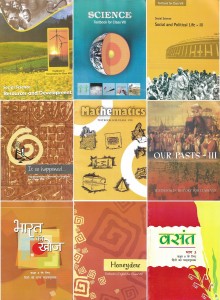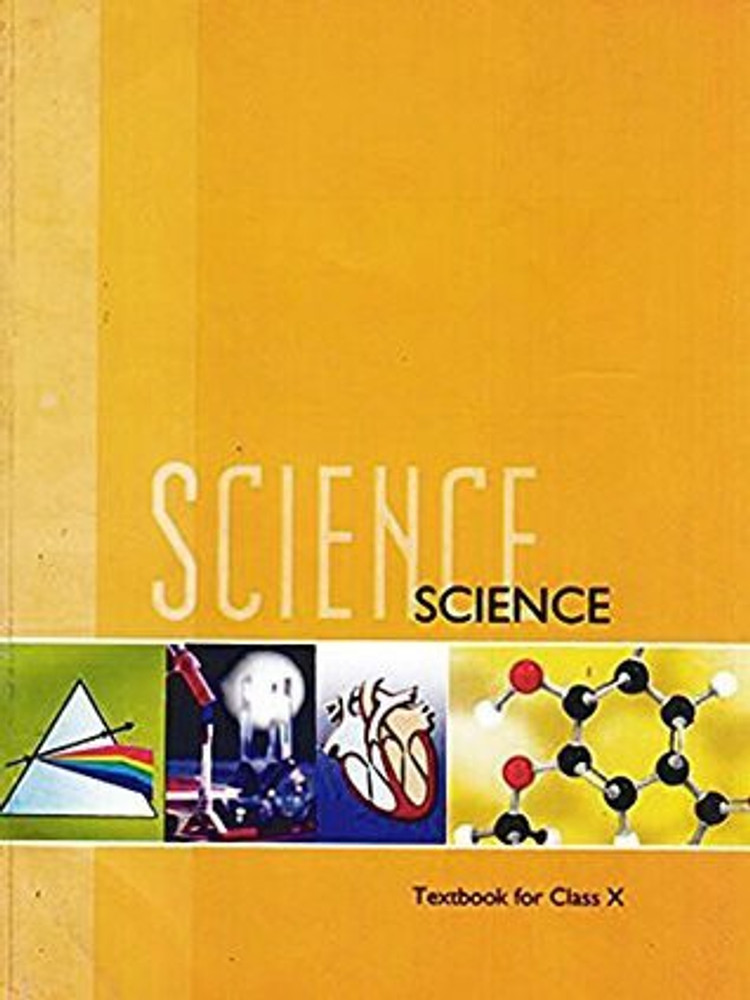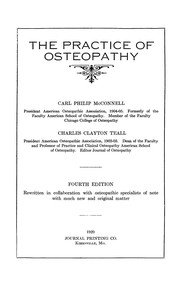Japan’s Universal Memory Breakthrough Reduces Energy, Boosts Speed
Scientists in Japan have developed a new type of "universal memory" that could revolutionise computing. Their improved MRAM technology overcomes previous energy limitations by using a multiferroic heterostructure with a vanadium layer for stability. This allows for faster data processing while significantly reducing power consumption, making future computing devices more efficient and durable

A team of scientists in Japan has developed a new type of "universal memory" technology that could significantly reduce energy consumption while increasing processing speeds in future computing devices. The breakthrough, which centres on an improved form of Magnetoresistive Random Access Memory (MRAM), addresses a critical challenge in current memory technologies by combining the speed of RAM with the ability to retain information without constant power supply.
Overcoming Previous MRAM Limitations
According to the study published in the journal Advanced Science on December 25, 2024, the newly developed MRAM technology overcomes the high energy requirements that have traditionally limited MRAM implementation. While conventional MRAM devices consume minimal power in standby mode, they require substantial electric current to switch magnetisation directions that represent binary values, making them impractical for widespread use.
Innovative Component Design
The research team created what has been described as a "multiferroic heterostructure" that consists of ferromagnetic and piezoelectric materials separated by an ultrathin layer of vanadium. This configuration allows magnetisation to be controlled by an electric field rather than current, significantly reducing power consumption.
Vanadium Layer Provides Stability
Previous MRAM prototypes struggled with structural fluctuations in the ferromagnetic layer. This made it difficult to maintain stable magnetisation directions. The addition of the vanadium layer acts as a buffer between the materials. This in turn helps in enabling the device to maintain its shape and form while preserving the magnetic state even after the electric charge is removed.
Future Impact and Considerations
As per the researchers, their prototype demonstrated the ability to switch magnetisation direction using minimal electric current. However, the study did not address potential degradation in switching efficiency over time. This is a common issue in electrical devices.
This technology could potentially enable more powerful commercial computing with longer device lifespans, as it requires significantly less power than previous solutions and offers greater resilience than current RAM technologies without requiring moving parts.












)



























































